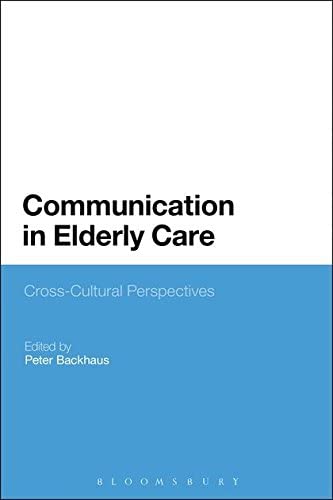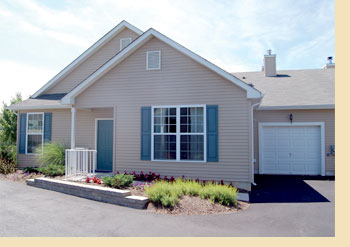
Respite care refers to a temporary stay in a nursing or care facility, where the beneficiary receives a similar level of care as a permanent resident. Respite care beneficiaries receive hotel-type services and personal care. Based on the needs of the beneficiary and the respite subsidy, the level of care will determine the appropriate level. These facilities can provide low-level as well as high-level services. After completing an application, the beneficiary will be placed in the appropriate level of care.
Government funding for residential respite care
There are many benefits to using government funding for residential respite care. It can provide additional support and stimulation to help your loved one lead a fulfilling life. Fees for residential respite vary depending upon your needs. These fees can be divided into two main parts: The care component and Accommodation component. If you need temporary respite care, you may only qualify for the first part of the subsidised program, but you can apply for additional days at any time.

Some states offer several programs to help cover respite. For example the NFCSP gives priority to older people with low incomes. Most AAAs assess eligibility based on income, assets, and other factors. Federal grant applicants must have income below 200% the federal poverty line (FPL) in order to qualify. The 2018 income limit for a single person is $24,280, while that of a married couple is $32,920. Individuals living in Alaska or Hawaii face higher income restrictions.
Different types of respite-care
There are several types residential respite services. The first type, out-of-home respite, offers care outside the loved one's home. Adult day care usually offers activities and some type of physical activity for their clients along with a midday dinner. Additionally, staff assist clients with activities of daily life such as taking their medications. Services such as in-home respite are also available. However, before you choose the right type of residential care for your loved one, it is important to consider their needs.
A break from your loved person can be a good thing for your health and help prevent burnout. Respite care can provide much-needed rest for caregivers and isn't a luxury. It can be used to provide care for just a few days, or even for a few weeks. Respite care is available if the treatment is required for a longer time. These programs are great for people who need a break from their daily routines and are feeling overwhelmed.
In-home respite care
Respite care is not an option for all elderly and disabled people. However, home care services offer a great way to fill that void. In-home services are great for anyone who needs companionship, light housekeeping or just a few hours to be alone with their caregiver. They are usually billed hourly and can also be booked according to the availability of the patient.

There are many advantages to in-home respite. It gives the caregiver a break and gives them a chance to attend to other duties or pursue personal goals. In-home respite provides a new perspective for caregivers. Family members are often reluctant to accept the responsibility of caregivers and may not be trained in all aspects of the job. A fresh perspective can be invaluable. A professional can offer valuable tips and tricks to caregiver tasks.